Children with neurodiversity (whose brains develop or function differently than most people's) often have difficulty with traditional educational methods.
Research shows that 70% of neurodiverse children learn better when information is presented visually. However, creating personalized materials that are appropriate requires a lot of time and effort.
This poses a major challenge for professionals, educators and parents, as the demand for personalized learning solutions increases.
Challenges in special education
More than 7.5 million students in the United States (about 20%) have special education needs. Teachers typically spend 5-8 hours per week adapting learning materials for students, adding to their already heavy workload of 40-50 hours per week.
Parents and caregivers face similar challenges, especially when it comes to creating engaging learning tools for their children at home.
“Preparing visual schedules, social stories, and behavioral interventions can take hours each week,” says Antoinette Banks, founder of Expert IEP and mother of a neurodiverse teen. “For families who are already stressed by their child’s condition, there really isn’t enough time to do these things.”
Banks highlighted the potential of artificial intelligence (AI) to ease this burden. “AI can adapt to the way people naturally think and process information,” she said. “It’s not about changing these kids, it’s about combining technology and individuals to turn differences into strengths.”
From support tools…
The adaptive capabilities of AI in education are transforming the way we support children with neurodiversity, helping them meet their unique cognitive styles. For example, children who prefer to learn visually can take advantage of tools that create custom visual aids in seconds.
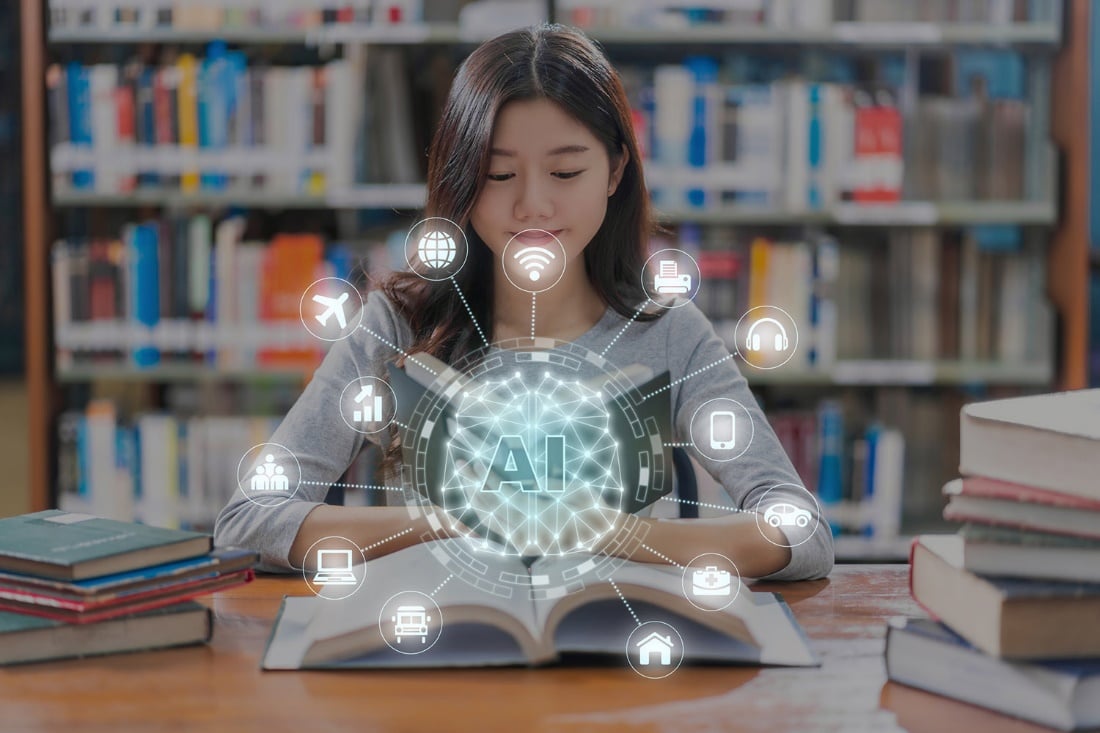
Using artificial intelligence to transform education for children with neurodiversity
Meanwhile, those who struggle with executive function can learn through AI-generated task lists or reminders.
“There’s no one-size-fits-all approach,” Banks says. “Some kids learn best through pictures, some like patterns, and some need information broken down in a different way. AI recognizes these differences and provides tools tailored to each child’s needs.”
This adaptive capability also extends to children who cannot speak, allowing them to communicate through audio, video, or other media generated by generative AI. These tools not only make learning more personalized, but also empower children to express themselves, increasing connections and learning opportunities.
…to promote the ability
AI can also leverage children’s strengths. For example, children who are good at pattern recognition can use AI as a partner to solve problems or design systems.
Likewise, those with an eye for detail will benefit from AI’s assistance in organizing and structuring complex information. “People with neurodiversity often excel at recognizing patterns or simplifying complex ideas,” Banks says. “When AI is designed to leverage these strengths, it can turn challenges into remarkable advantages.”
By adapting to different learning styles, AI also helps reduce anxiety that often arises during transitions or when faced with unfamiliar tasks. Tools that create personalized schedules or explain concepts visually help children feel more confident and connected, leading to better learning outcomes.
Considerations and Potential
While AI has the potential to be transformative, it also raises ethical questions. Data privacy and consent are major concerns, especially for vulnerable groups like children.
Algorithmic transparency and user control are essential to ensuring that AI is an aid, not a cause of harm. Another important factor is avoiding overreliance on technology.
While AI can enhance education and accessibility, it should be used as a complement to human efforts, not a replacement.
AI is making a huge difference in both classrooms and homes. Tools that create personalized materials in minutes free up time for teachers and parents to focus on what matters most: supporting their children.
In the workplace, AI is helping people with neurodiversity develop communication skills and improve their adaptability. By breaking down barriers, leveraging strengths, and promoting inclusivity, AI is paving new paths that are not only creative but also humane.
Source: Forbes
Source: https://phunuvietnam.vn/dung-tri-tue-nhan-tao-chuyen-doi-giao-duc-cho-tre-mac-chung-da-dang-than-kinh-20250214120354738.htm


![[Photo] Overcoming the sun to remove temporary and dilapidated houses for poor households](https://vstatic.vietnam.vn/vietnam/resource/IMAGE/2025/3/24/824ba71165cc4f8fb6a3903ca0323e5d)
![[Photo] The flavors of Southern Vietnamese traditional cakes](https://vstatic.vietnam.vn/vietnam/resource/IMAGE/2025/3/24/b220c9f405b945d798738ea0a94b29b8)
![[Photo] Vietnam team's strength guaranteed for match against Laos](https://vstatic.vietnam.vn/vietnam/resource/IMAGE/2025/3/24/1e739f7af040492a9ffcb09c35a0810b)
![[Photo] Editor-in-Chief of Nhan Dan Newspaper Le Quoc Minh receives the delegation of Nhan Dan Daily](https://vstatic.vietnam.vn/vietnam/resource/IMAGE/2025/3/24/a9ac668e1a3744bca692bde02494f808)
![[Photo] Prime Minister Pham Minh Chinh dialogues with Vietnamese youth](https://vstatic.vietnam.vn/vietnam/resource/IMAGE/2025/3/24/7fd8b4735134417cbaf5be67ee9f88b1)
![[Photo] Prime Minister Pham Minh Chinh attends conference on ensuring security and order in the Northwest and surrounding areas](https://vstatic.vietnam.vn/vietnam/resource/IMAGE/2025/3/24/933ce5c8b72e4663bd6c6cd8be908f23)


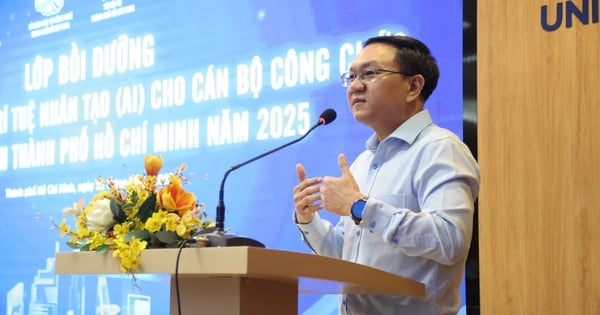


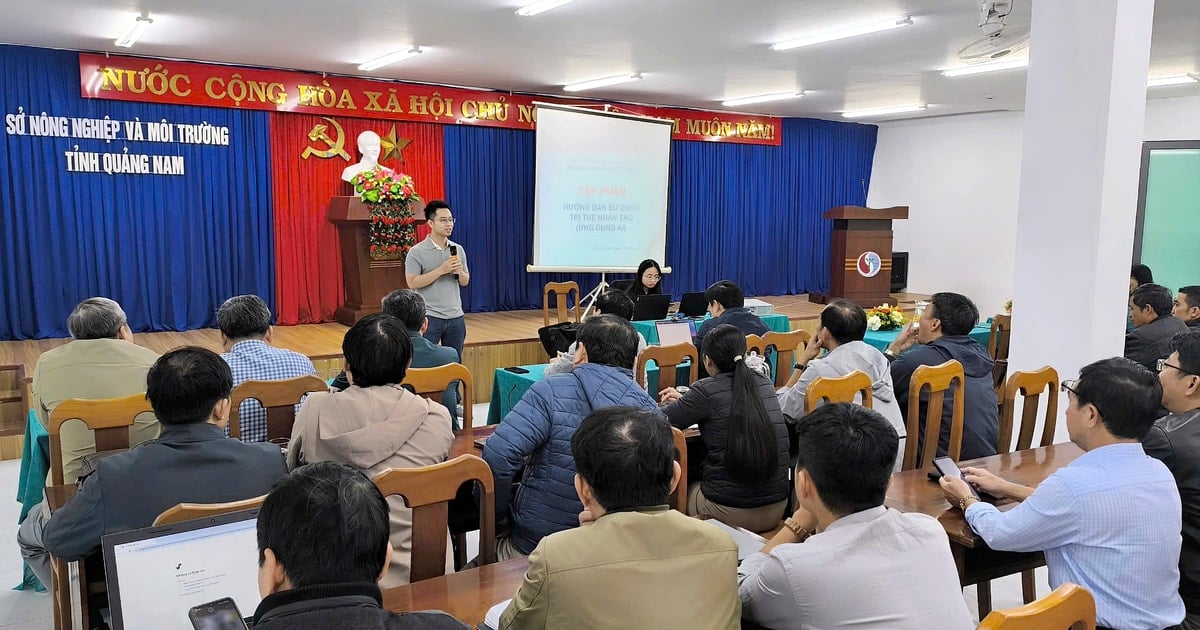

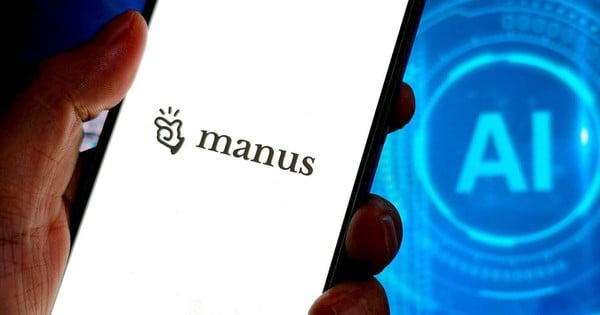




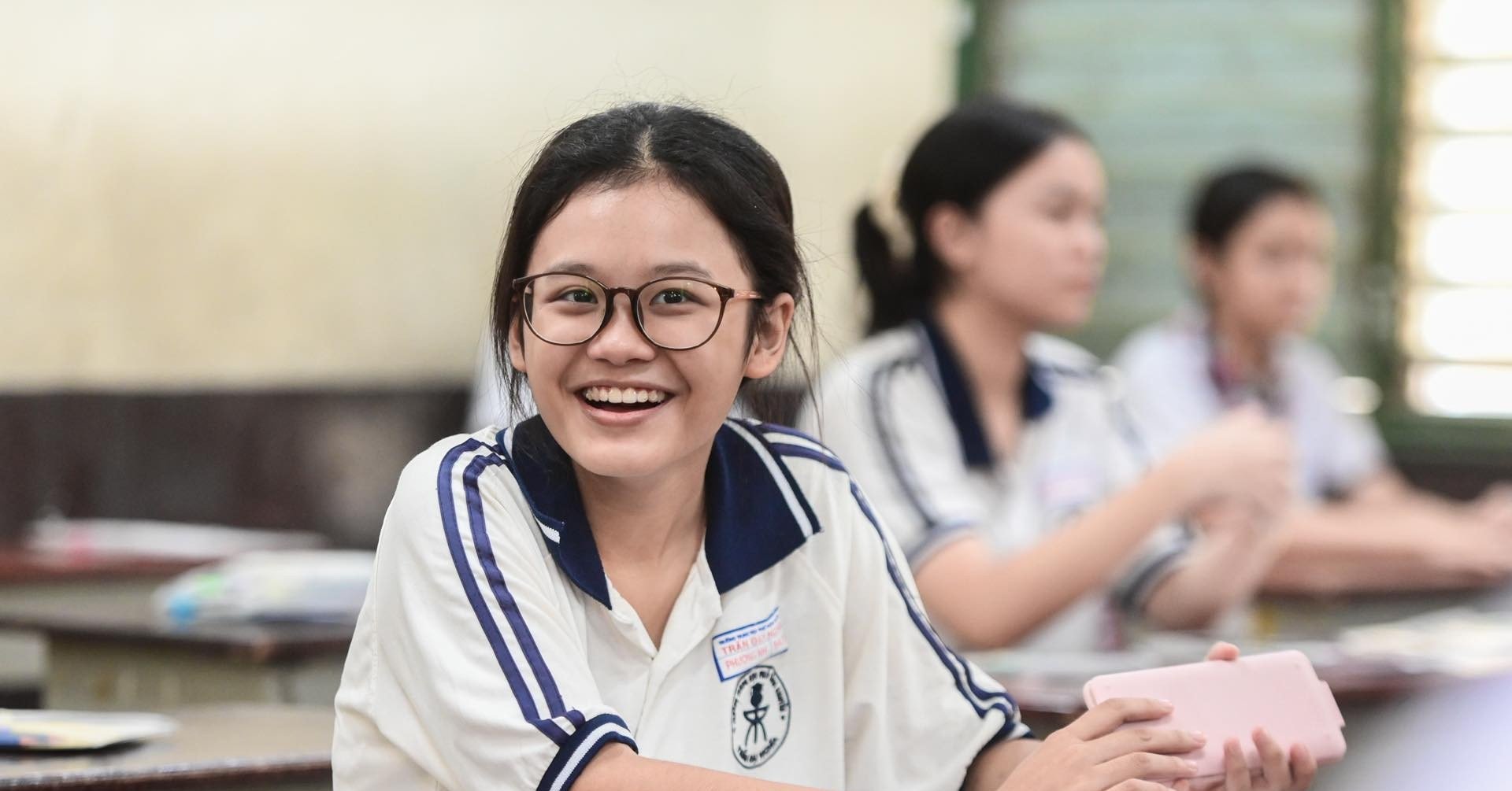

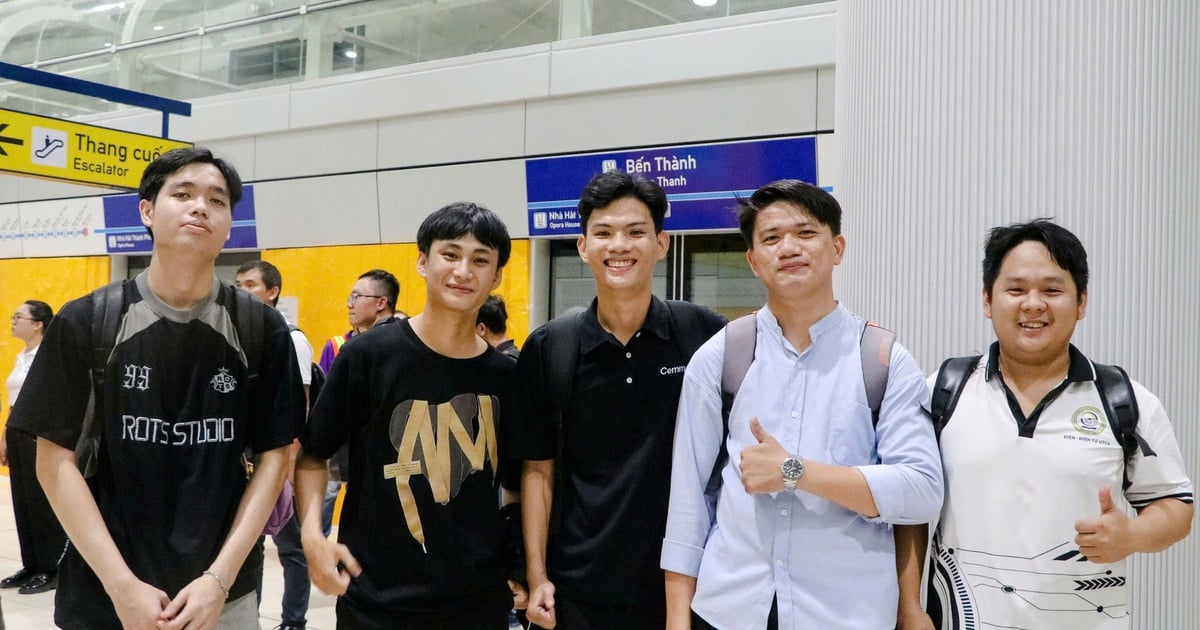
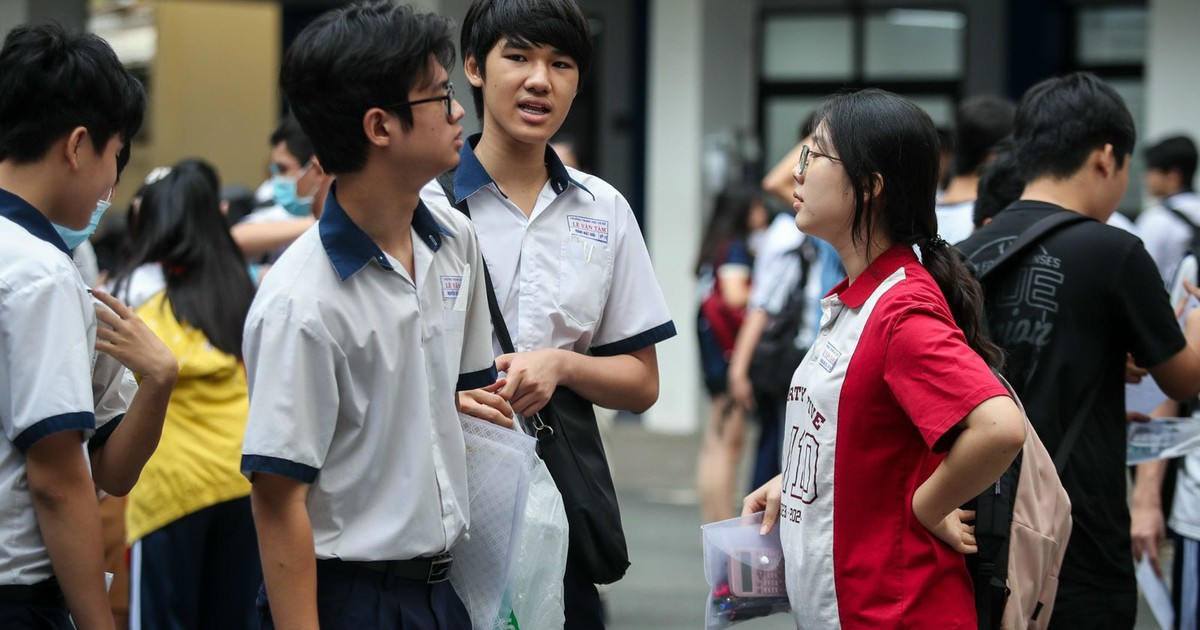
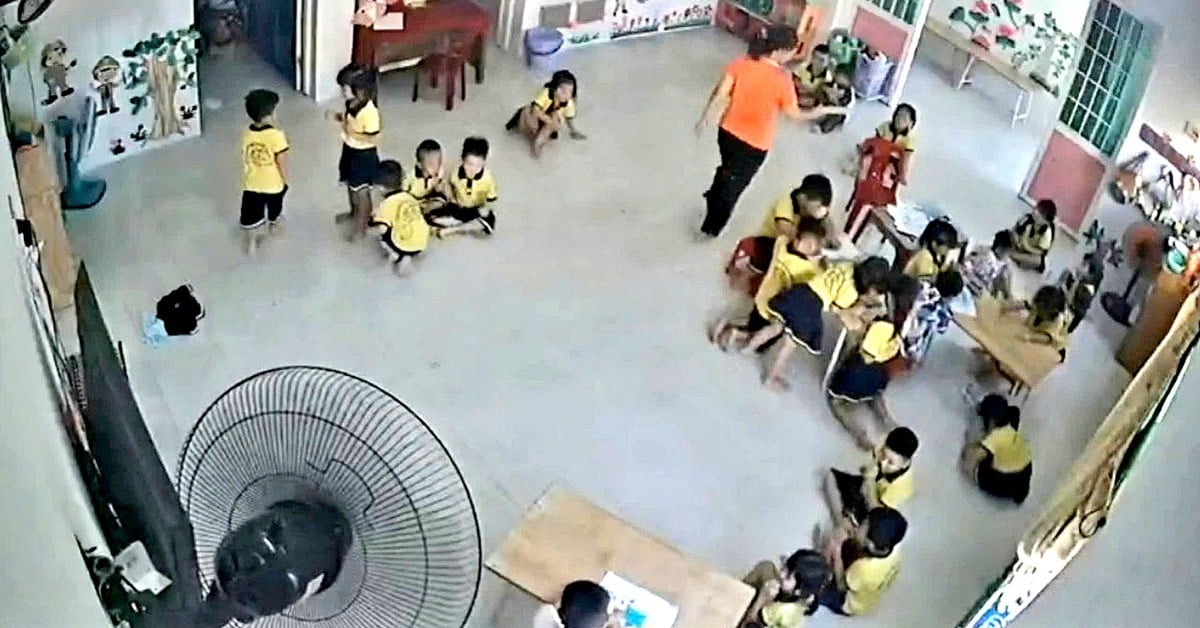

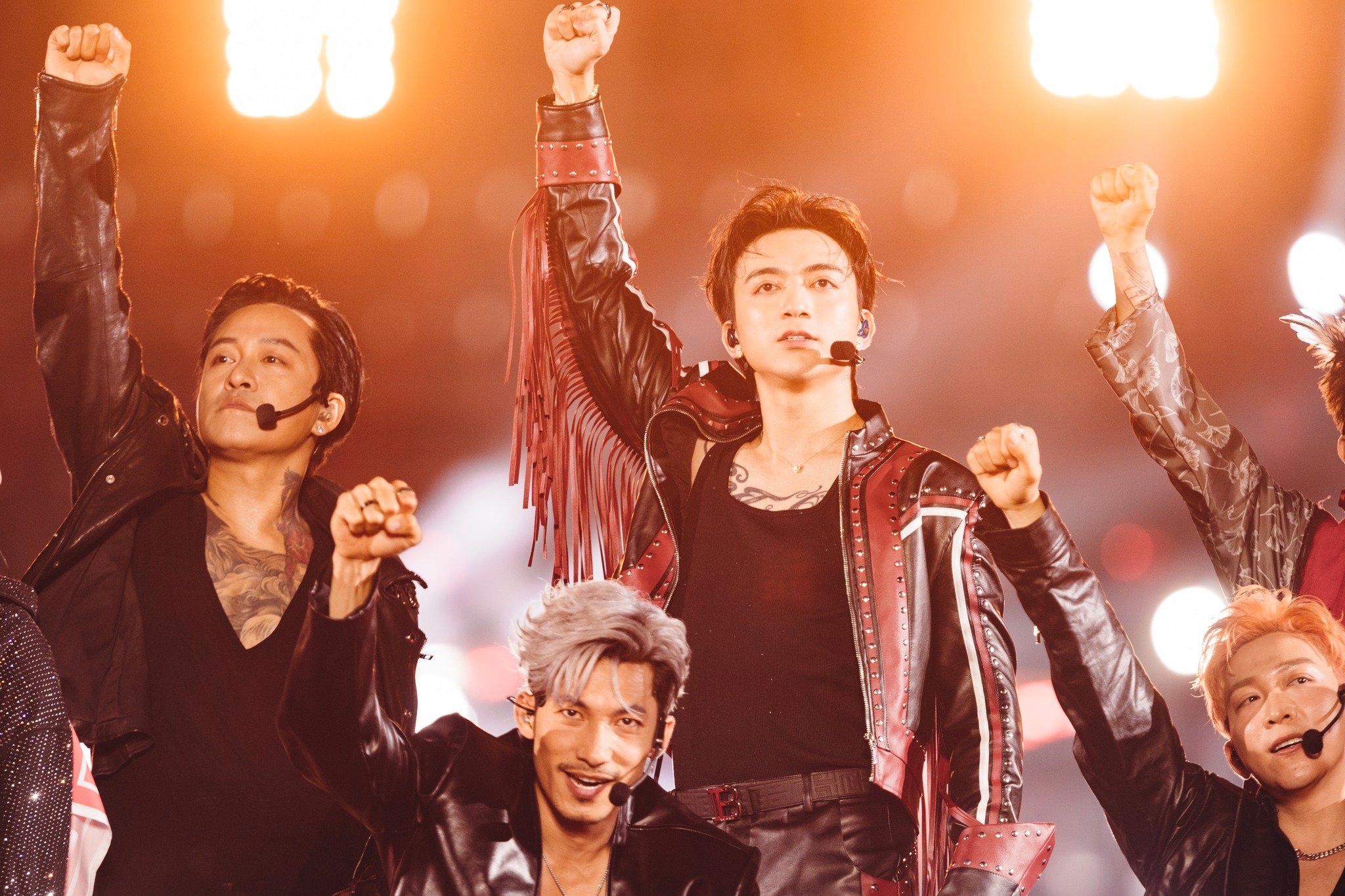
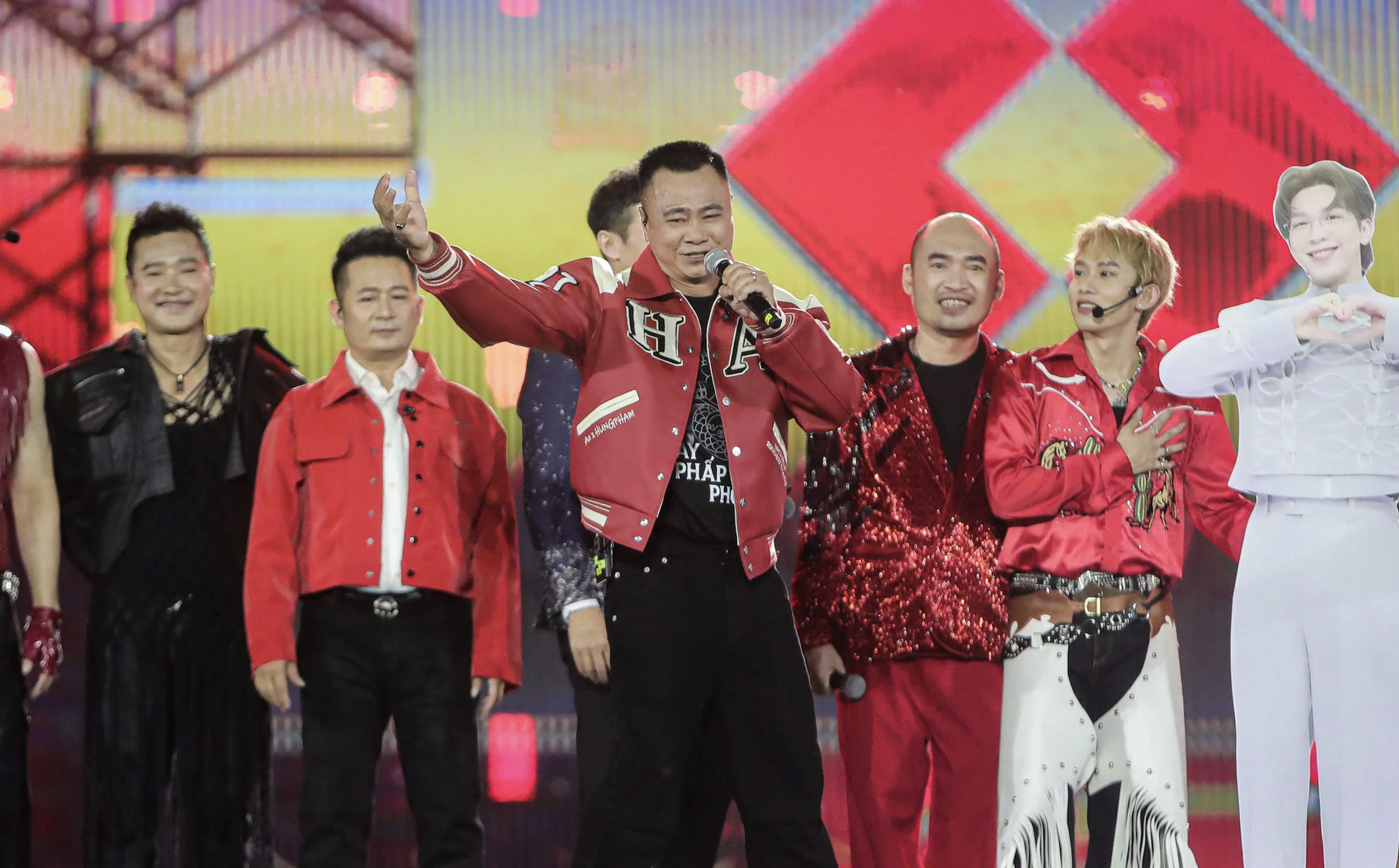


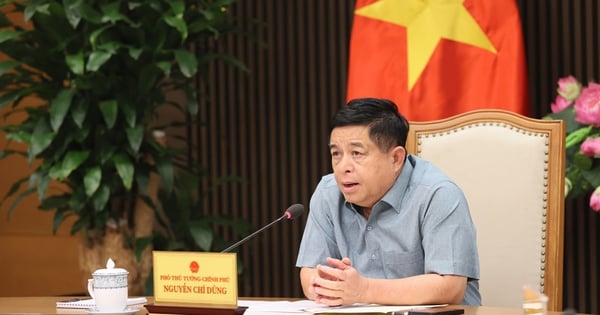
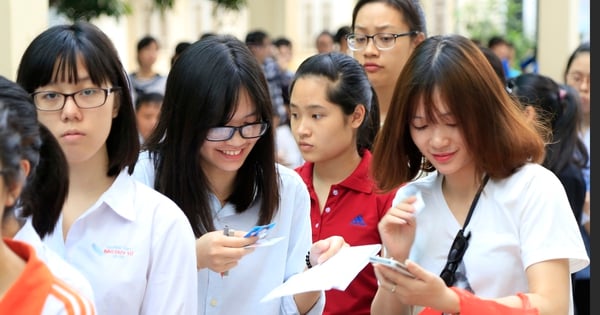
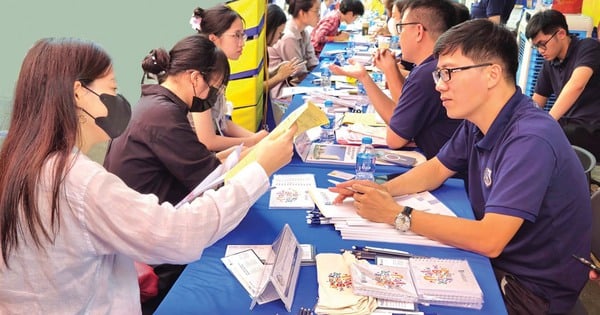












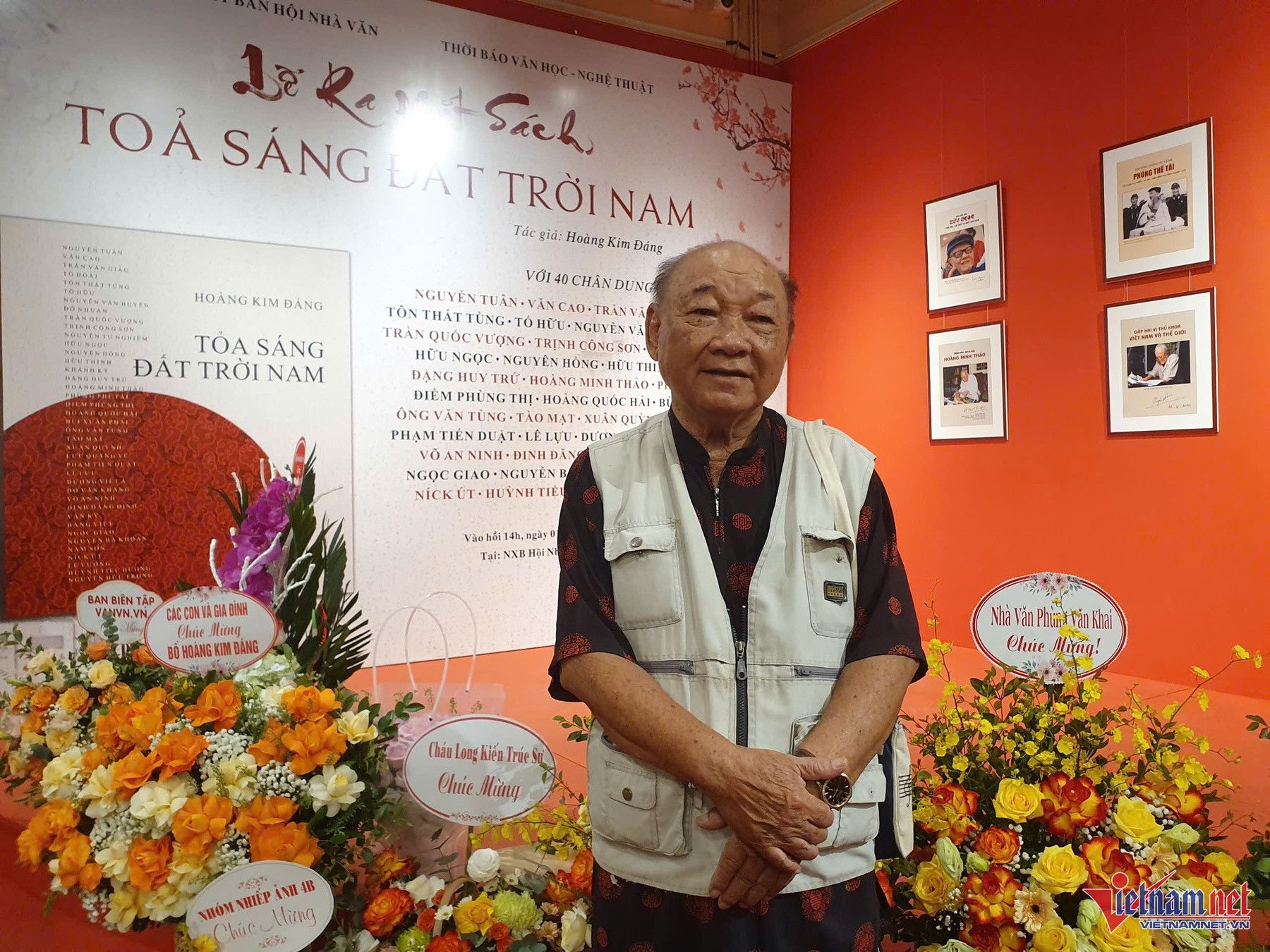



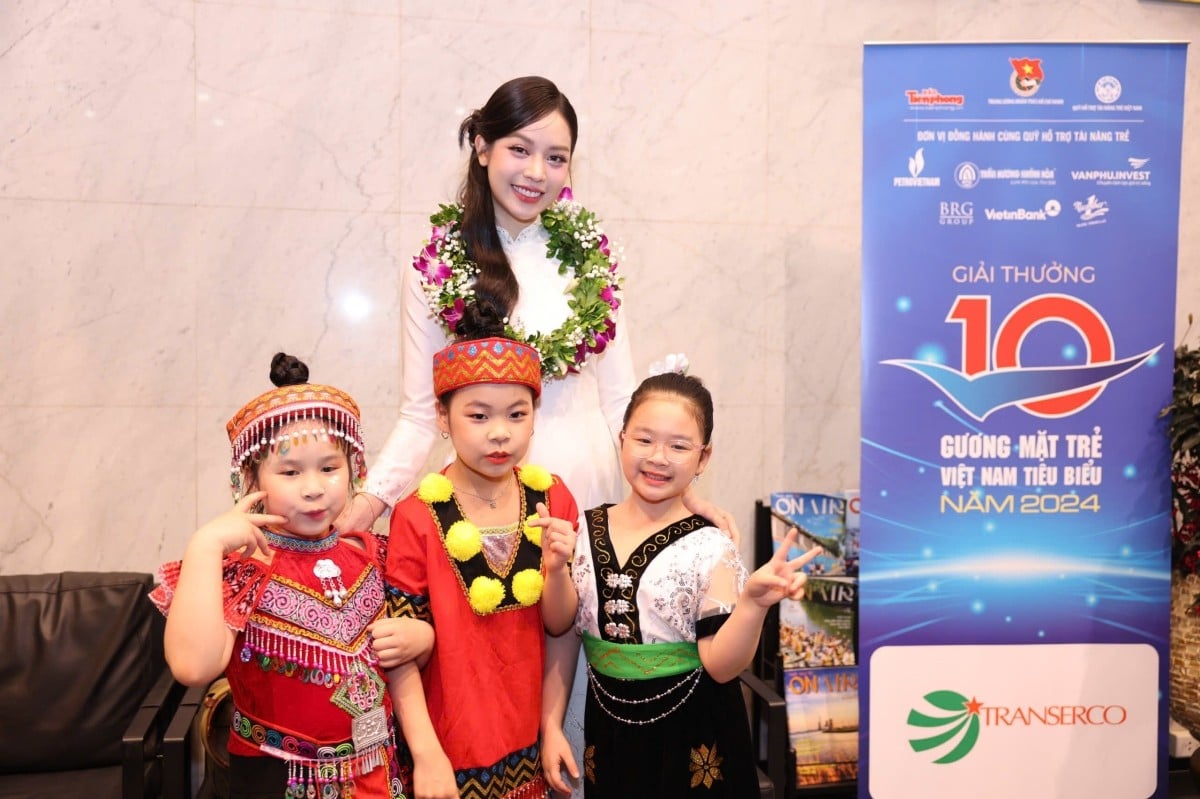











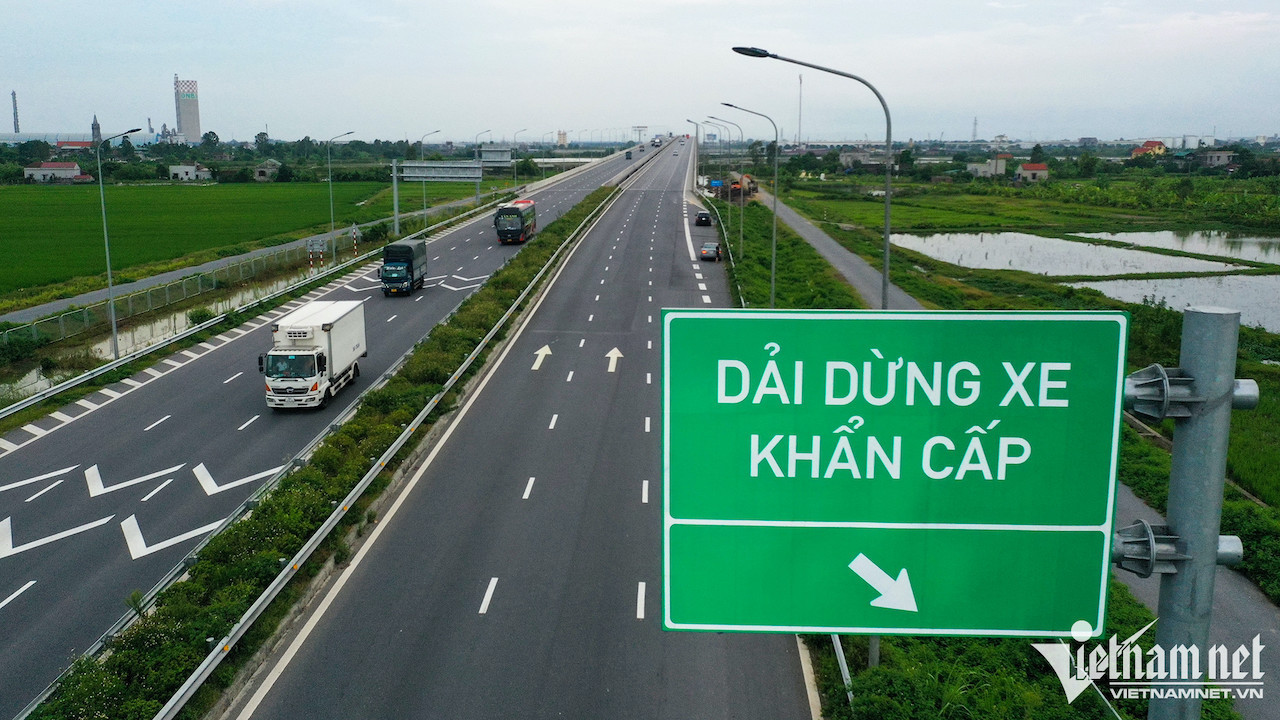
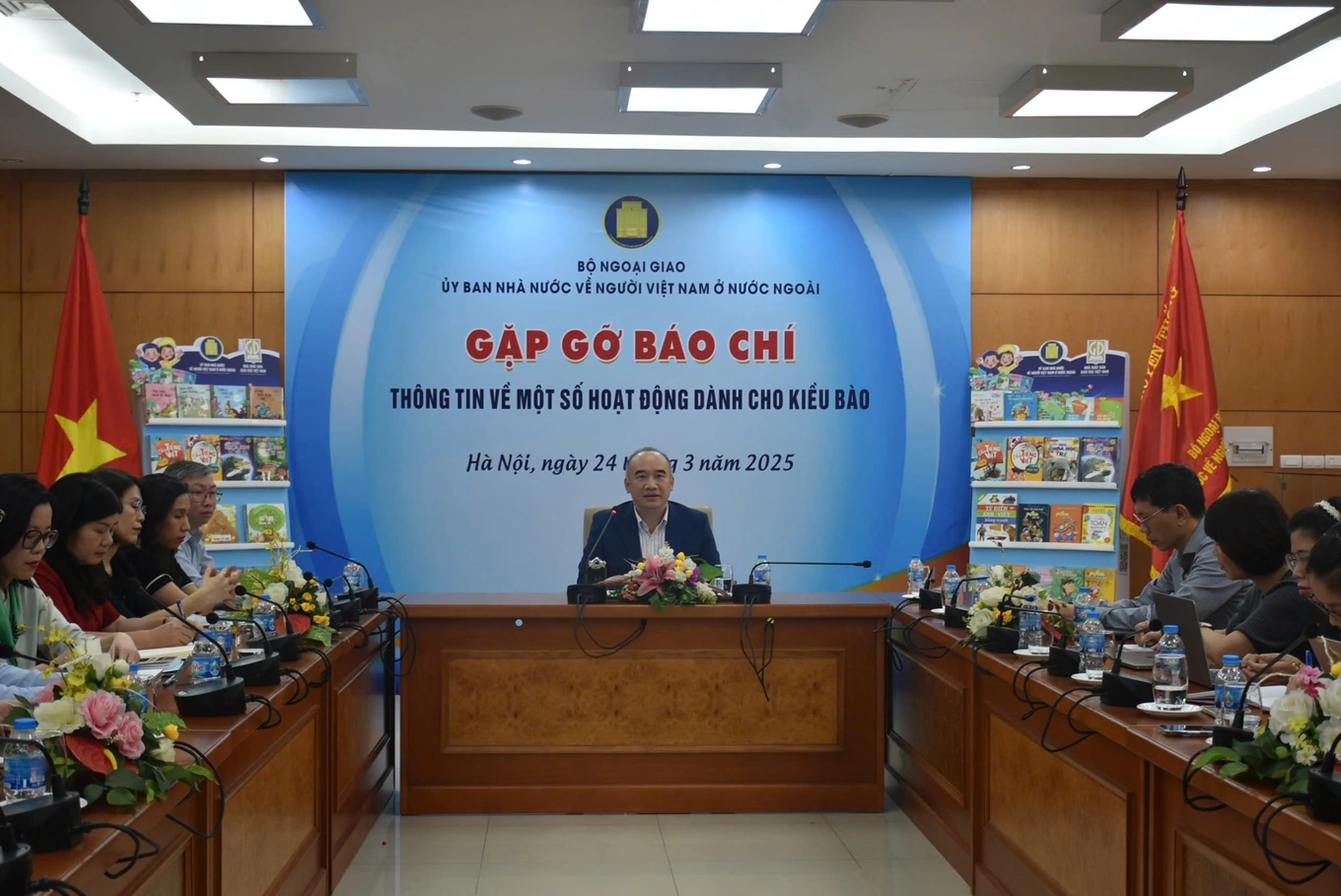










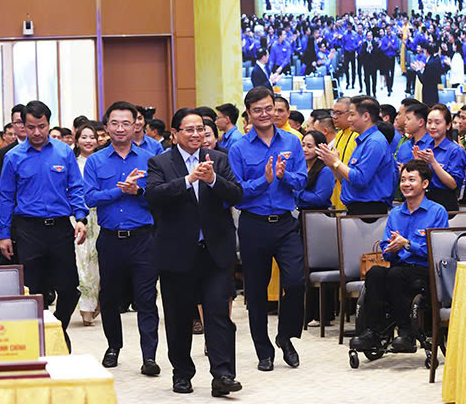













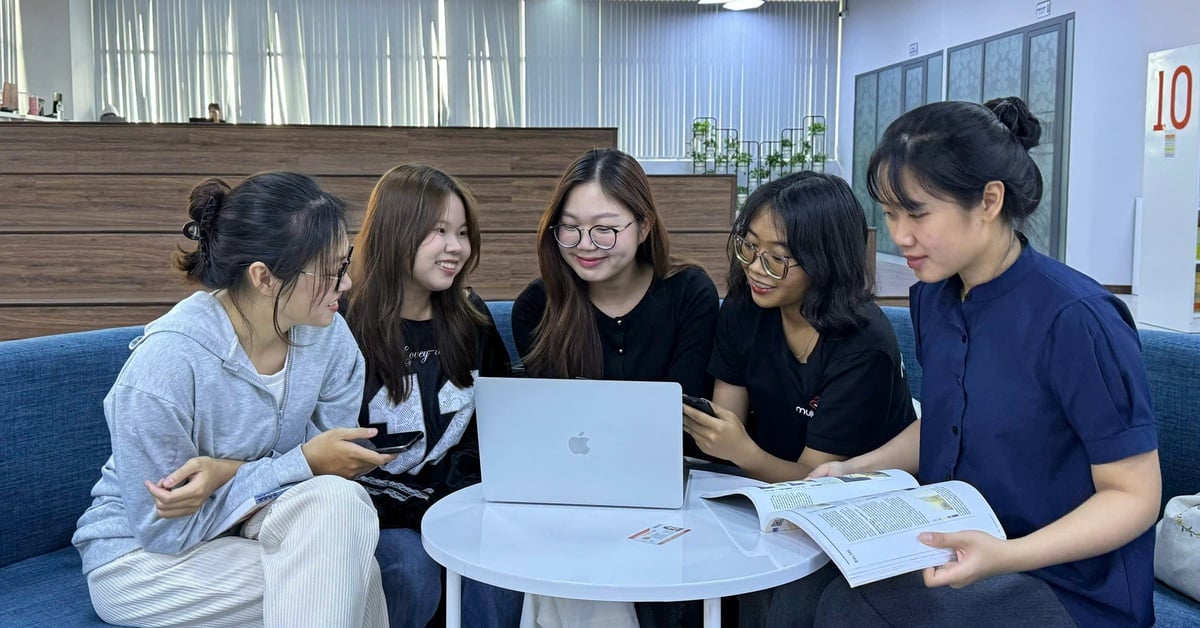


Comment (0)